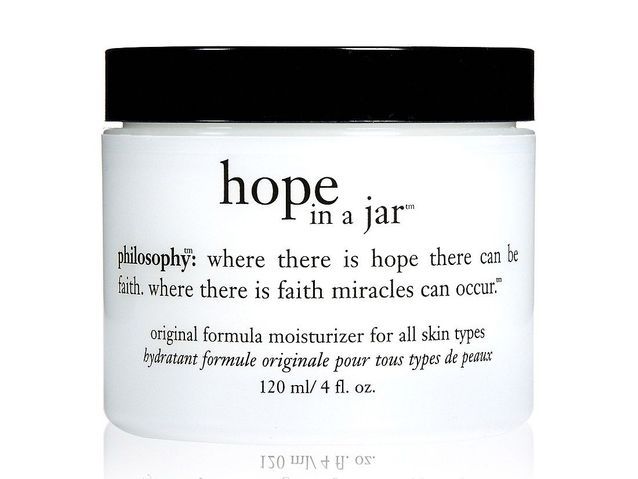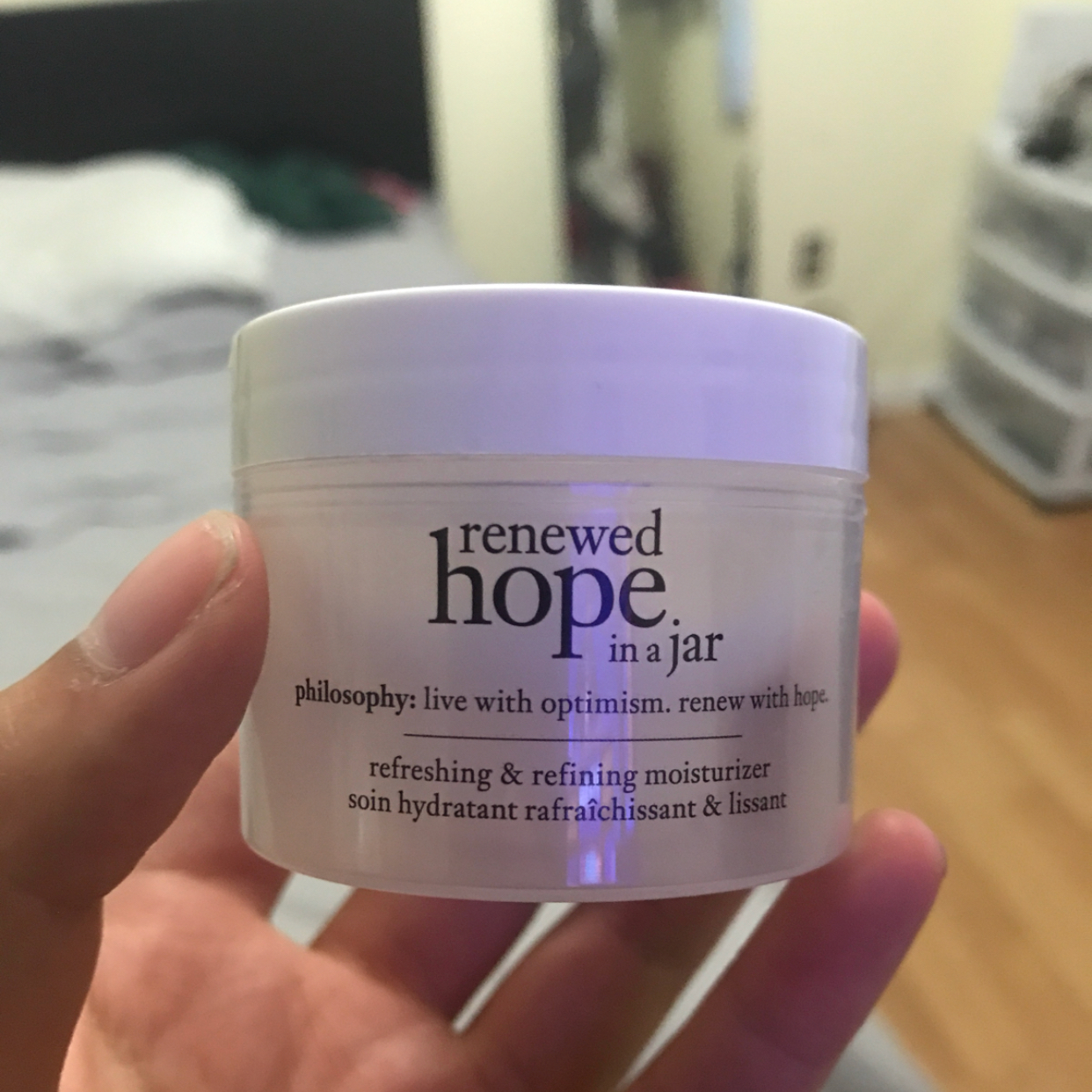

The argument that black companies represented and created a black beauty aesthetic becomes tricky in the 1920s and 1930s, when several companies owned by whites tried to "pass" as black-owned. Two of the largest companies within the black community did not sell hair straighteners or bleaches. But what were the ramifications for black women? Peiss examines the hair and skin products sold and marketed to black women.

If pale and creamy was the desired skin, the solution for white women lay in an array of powders, paints, and bleaches. Last, Peiss looks at cosmetics during and after World War II.Īs Peiss traces the evolution of the production and social acceptability of cosmetics, she pays particular attention to race and different standards of beauty. A separate chapter is devoted to a discussion of black women because the tactics of firms marketing to white and black women began to significantly differ. Next, Peiss examines the complexities of advertising, promoting and marketing cosmetics during the 1920s. Peiss then deals with what might be termed the "golden age": the era between 18 when women produced, advertised, and sold products.

Already, in the pre-mass manufactured age, there was a different aesthetic for black and white women, and advertisements used white as pure and black as dirty or impure. Many women made their own powders, ointments and salves from recipes. Peiss first discusses what types of cosmetics women wore in the nineteenth century. In short, cosmetics provided employment in addition to beauty for many women. Peiss challenges current prevailing beliefs that the beauty industry was dominated by men to seduce women into narrowly defined visions of "beauty." As she effectively demonstrates, the beauty industry, particularly between 18, was almost completely woman-run: women owned the companies producing cosmetics, women sold cosmetics, female beauty operators used and endorsed the products. In Hope in a Jar, Kathy Peiss examines cosmetics and beauty culture in the United States in the nineteenth and twentieth centuries. Reviewed by Gwen Kay (University of Tennessee at Chattanooga) Hope in a Jar: The Making of America's Beauty Culture.


 0 kommentar(er)
0 kommentar(er)
